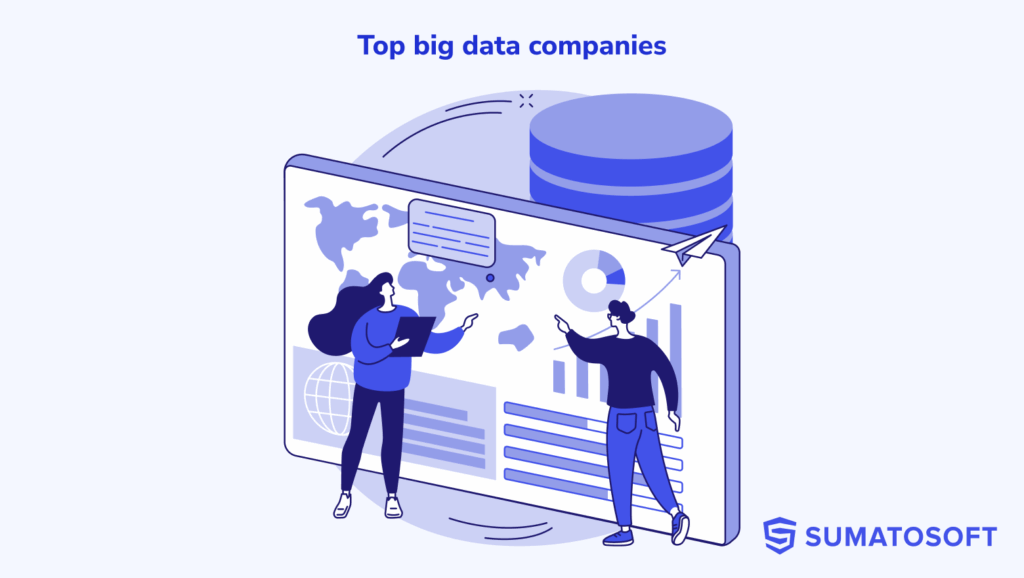Software development process
SumatoSoft will take you through every stage of the software development life cycle (SDLC) – from a business analysis stage through UX/UI and application development to deployment and ongoing support.
Software development life cycle explained
In the requirement collection (Discovery) phase, the first stage of the software development lifecycle, our team collaborates with US industry’s business stakeholders and domain experts, ensuring a deep understanding of the North American market.
- scope definition of the entire project (product backlog);
- planning for the quality assurance requirements;
- definition of anticipated issues, opportunities;
- recognition of the risks involved;
- timeline definition.
When the requirement analysis phase is done, the next step is to define and document software needs in the ‘Software Requirement Specification’ (‘SRS’) document. It has everything that should be structured and created during the application development life cycle.
There are five main types of feasibilities checks:
- economic;
- legal;
- operation;
- technical;
- schedule.
Based on the SRS document, the team prepares the system and software design to define the IT system architecture. This design phase will be a base for the next coding phase.
There are two types of design documents that are developed.
1. high-level design (HLD):
- brief description of each module and its functionality;
- dependencies between modules;
- database tables & their main elements;
- architecture diagrams;
- technology details.
2. low-level design(LLD):
- functional modules logic;
- detailed database tables;
- complete interface detail;
- complete modules input and outputs.
The next phase is coding itself — the most prolonged phase of the software development life cycle.
Peculiarities of the phase:
- Developers should follow some predefined coding guidelines.
- The whole development is divided into tasks for specific modules development.
Once some part of the software coding is complete, it is sent for testing, and the QA team starts testing the functionality to verify that the application works following the requirements.
The process is the following:
- QA team finds some issues;
- QA team sends them to the dev team;
- dev team fixes the issues;
- QA team rechecks the functionality.
Once the software is developed and fully tested, the final deployment process is launched.
QA team checks the software in the production environment.
Post-release, the software undergoes continuous enhancement to suit the evolving US market needs, including:
- bug fixing;
- software upgrade;
- enhancement with new features.
Agile frameworks we follow
You will be involved in the app development process from the project initiation day until the release day. We believe that Clients should be active participants in the whole development cycle, controlling the progress and having an opportunity to make corrections at any stage. Scrum and Kanban methodologies we follow fit the best to this mission.
Scrum is a flexible, holistic product development strategy where a development team works as a unit to reach a common goal.

Kanban is a way to manage the software development cycle, emphasizing continual delivery without overburdening the team.
Kanban is invented to help teams work together more effectively.

Our recent works
Graphical user interface for robot operation
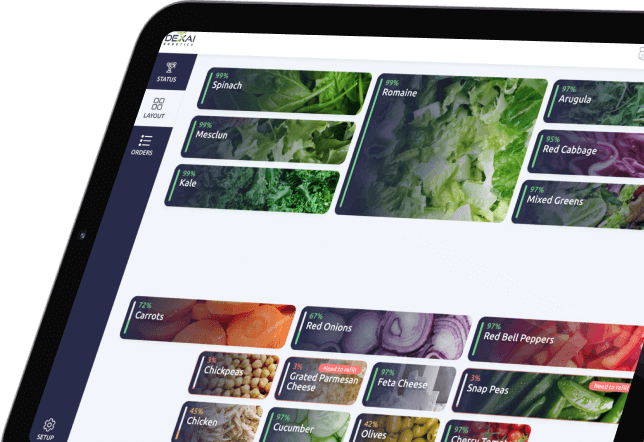
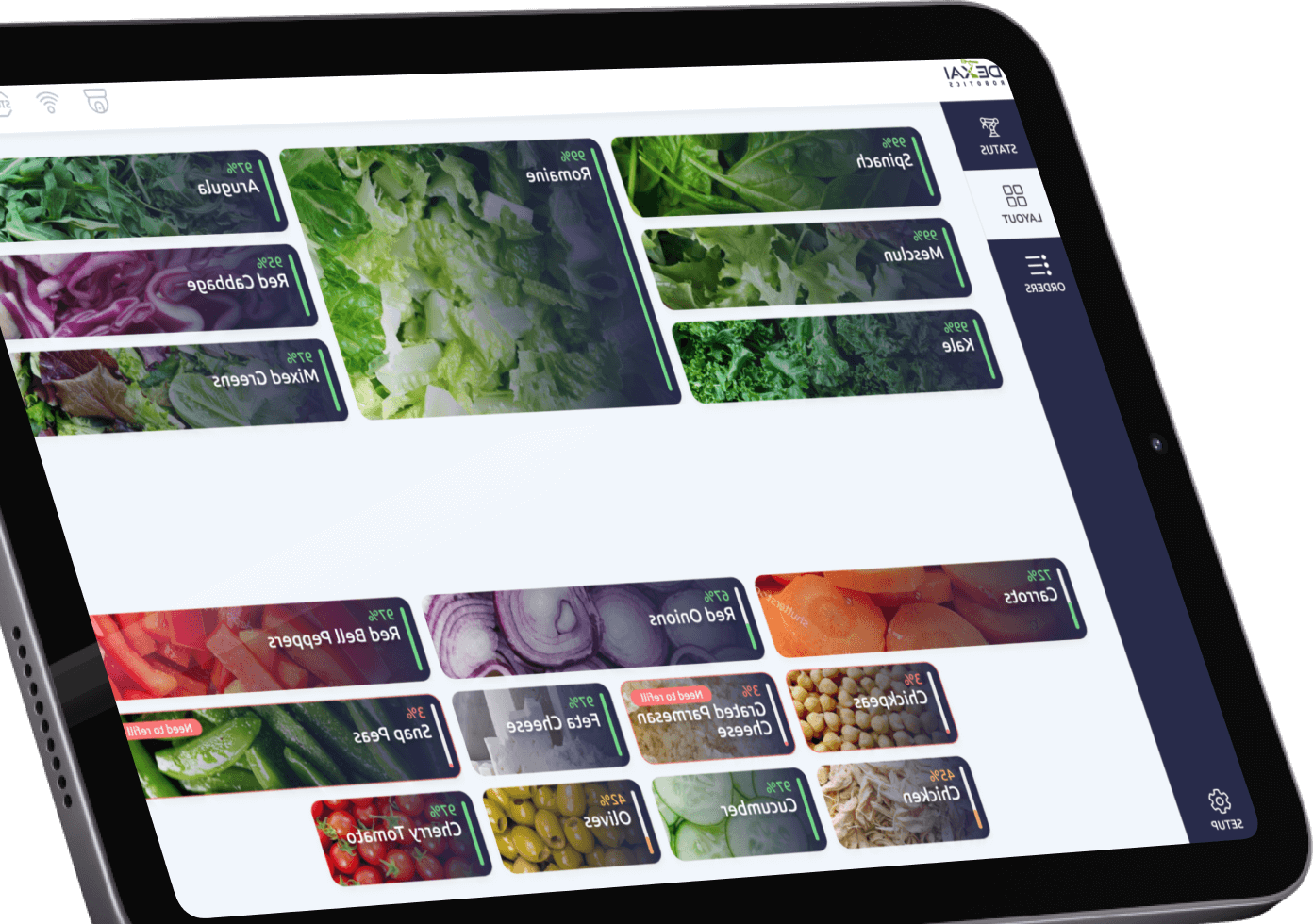
IoT application with sensors for industrial fridge monitoring
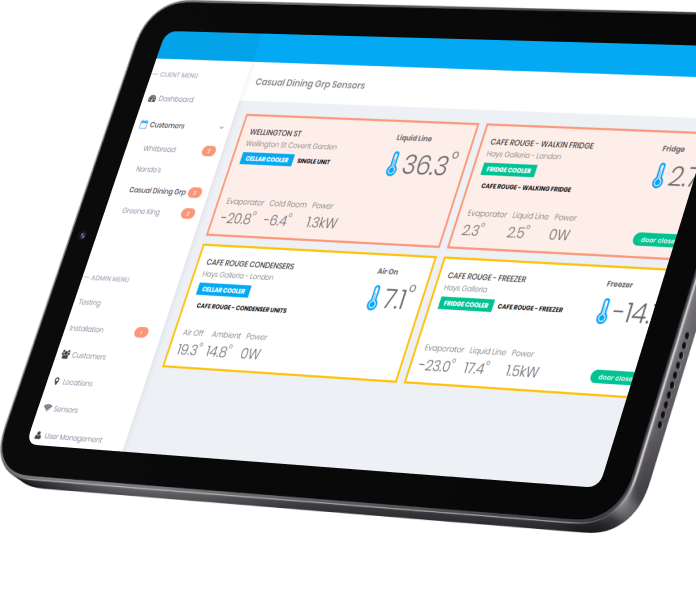
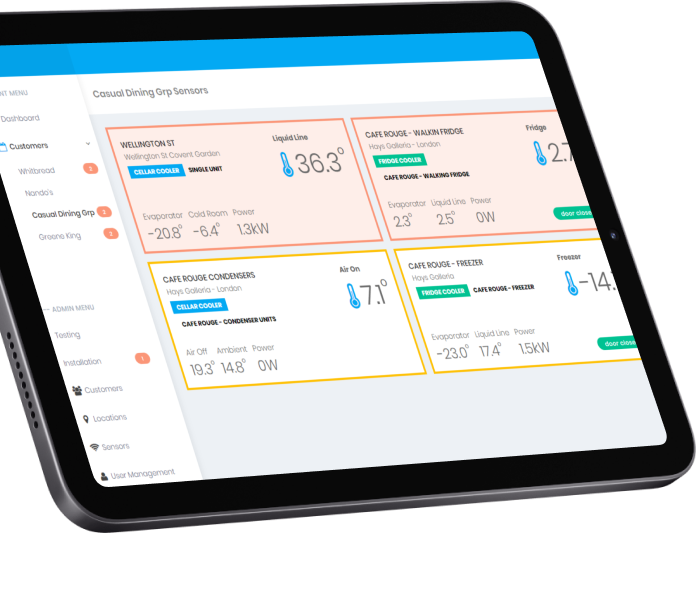
Innovative big data trading platform
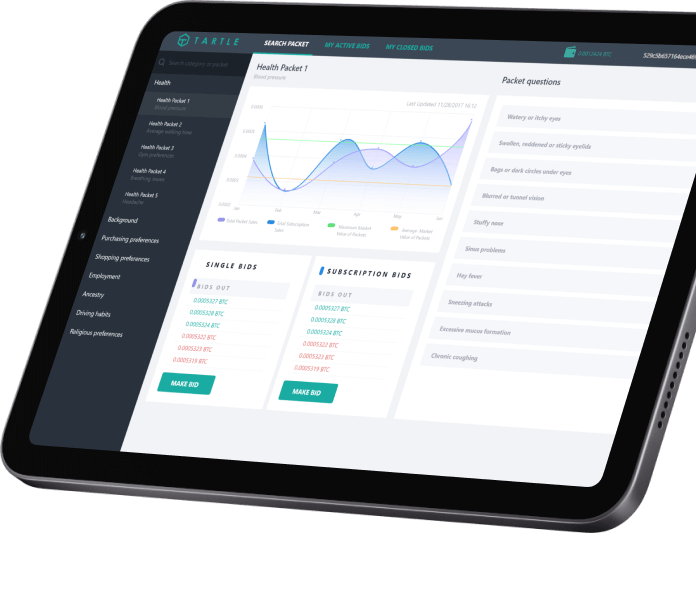
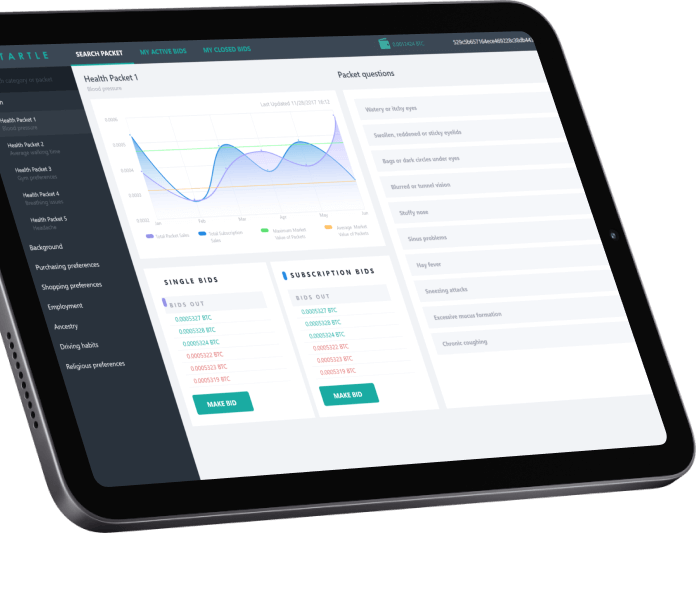
Awards & recognitions
Let’s start
If you have any questions, email us info@sumatosoft.com








